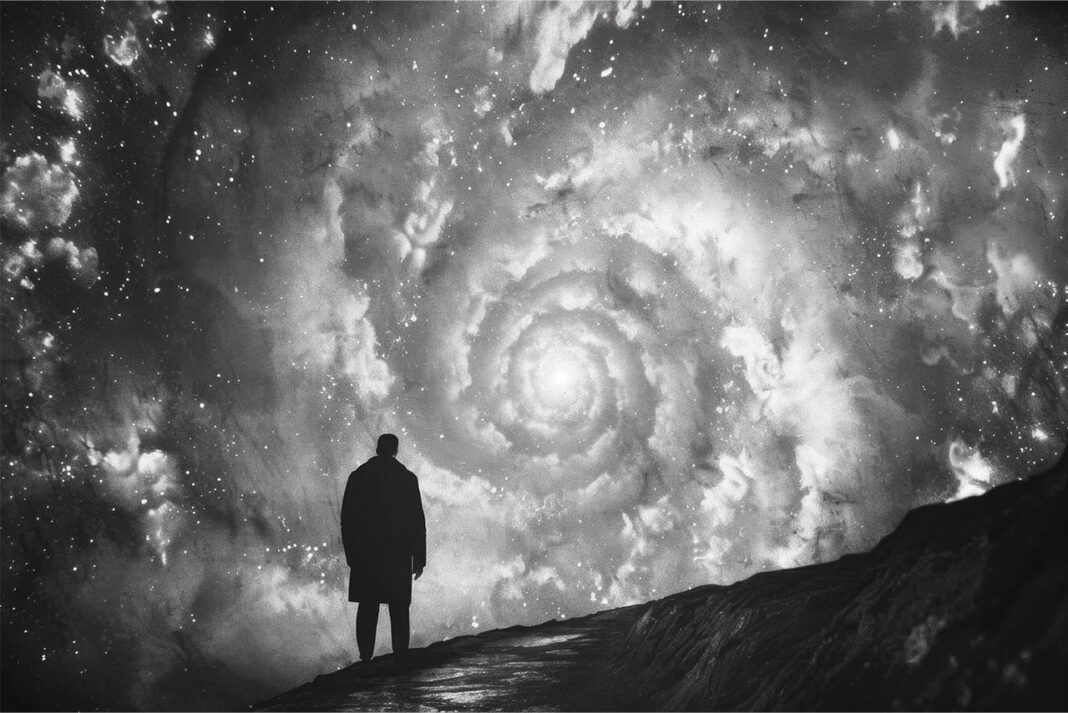“There is nothing inside me.”
This is not a statement of despair, but rather a quiet realization of an internal void that many experience yet rarely name. The feeling of emptiness is not loud—it doesn’t scream or cry. It silently expands, blurring the line between presence and absence. In this state, even the most vivid aspects of life lose their color, and the self begins to fade into a muted background of being.
The sensation of emptiness can feel like drifting in a weightless space—untethered, unanchored, and unseen. It often emerges when a person feels detached from both their inner world and their outer reality. It is experienced as a hollow numbness, where the capacity to feel joy, sadness, or excitement seems lost. A person may brush their teeth, talk to a friend, or watch the sunset—yet everything feels flat, colorless, and distant. From a psychodynamic perspective, this detachment is the outcome of a repressed self, shaped by early relationships where emotional needs were ignored or invalidated. The child learns that showing emotion risks rejection, so they suppress their emotions to maintain a connection. What remains in adulthood is an inner emptiness that mirrors those early experiences of emotional absence.
The Black Hole of Emotional Absence
This emptiness can be compared to a black hole in space—an invisible force that pulls everything toward it, swallowing light and meaning. It feels as if everything we encounter or express passes through this black hole, disappearing into a void where nothing can truly exist, take shape, or find direction. In this state, emotions, relationships, and experiences lose their solidity. They cannot be held onto or trusted to last. Life feels drained of coherence—as though all that reaches us and all that leaves us dissolves into an unknowable darkness. This metaphor reflects the psychic reality of emptiness: the inability to feel that one’s existence has emotional weight or significance.
The True Self and the False Self
Within the psychodynamic framework, emptiness is not a sign of weakness but rather a symptom of an internal conflict between the True Self and the False Self, as described by Donald Winnicott. The False Self develops as a defense—a socially acceptable persona created to protect the vulnerable True Self from rejection or pain. When this protective layer becomes dominant, the person begins to live through imitation, not authenticity. The True Self, silenced and repressed, continues to exist in the shadows, waiting to be recognized. Emptiness, then, is not the absence of self but the echo of a silenced one—the muted cry of the True Self beneath the polished mask of the False.
The Existential Dimension of Emptiness
From an existential angle, this same emptiness can be understood as a crisis of meaning. The absence of inner vitality reflects the absence of a felt sense of purpose. When life’s structure—work, relationships, success—fails to satisfy the need for meaning, individuals are left face-to-face with the question of existence itself: “Why am I here?” This confrontation can be terrifying, yet it also holds the possibility of transformation. The void becomes a mirror reflecting the limits of the life one has been living. What feels like nothingness may actually be the mind’s way of revealing the need for something more real, more aligned with the True Self.
A Dual Perspective: Psychodynamic and Existential Integration
Psychodynamically, emptiness can be seen as the mind’s last defense against overwhelming emotional pain—a psychological freeze developed when expressing needs or feelings was once dangerous. Existentially, it represents the loss of coherence, the disconnection from meaning and belonging. When viewed together, these perspectives illuminate how emptiness is both a psychological and philosophical phenomenon: a symptom of repression and a call for authenticity.
Rediscovering the True Self
The way through emptiness, therefore, is not to escape it, but to approach it with awareness. The black hole, when faced gently, begins to reveal traces of light. The silence of the inner world begins to echo again—not with the noise of distraction, but with the quiet presence of the True Self rediscovering its voice. In this rediscovery, the person begins to feel—not perfectly, not constantly, but genuinely.
Conclusion: Emptiness as the Beginning
The feeling of emptiness, then, is not the end of the self—it is the beginning of encountering it. The void that once felt unbearable becomes a sacred space for renewal. What was once perceived as inner nothingness transforms into the first whisper of authenticity, signaling the rebirth of emotional life and the reconnection with one’s own humanity.


